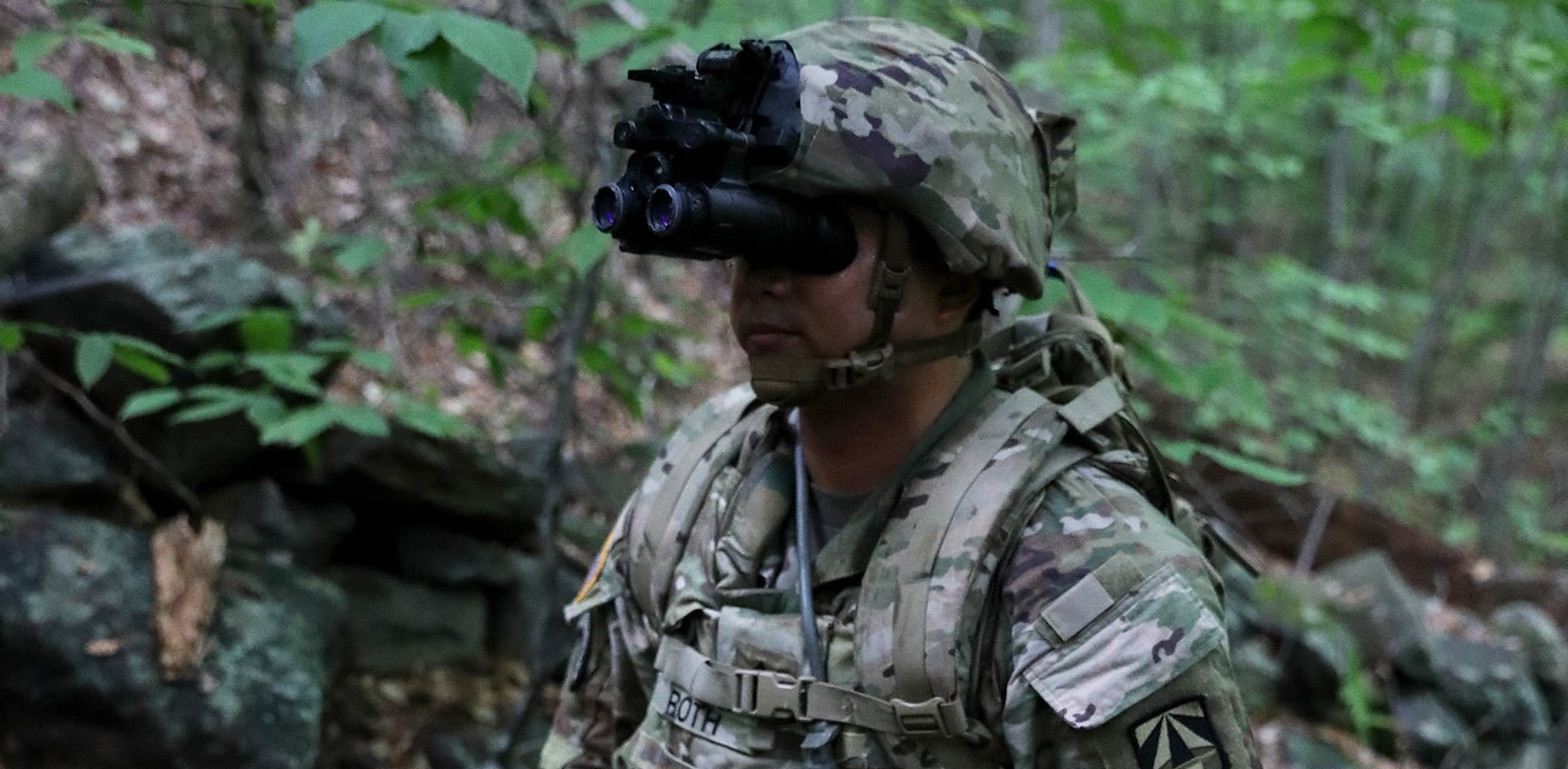WASHINGTON — Imagine a battlefield in which soldiers and equipment are hidden from satellites by living organisms that provide camouflage by filtering certain kinds of light. Or imagine concealing where soldiers have been by using organisms to build roads, with separate organisms that later eat away that pathway.
These ideas may seem like science fiction, but they are potential future capabilities under consideration by a relatively new program at the U.S. Army’s Combat Capabilities Development Command, called Team Ignite. The team, which has been operational for about a year, operates as a middleman between the the Army’s Futures and Concepts Center and the service’s operational community.
The Army began this effort because it wants technology that will give the war fighter a competitive edge on the battlefield of 2035.
Team Ignite hosts technology deep dives with Army employees across the future concepts community and operational community. According to Maj. Gen. John George, commanding general of the CCDC, the team has hosted 17 technological deep dives since its inception.
“Those ideas get embedded in the way that the functional concepts are written to help drive future priorities for the Army,” Jean Vettel, chief scientist for the Futures and Concepts Center at CCDC, said on an Oct. 14 call with reporters during the Association of the U.S. Army’s annual meeting.
During these deep dives, which include representatives from other military services, science and technology leaders discuss novel technologies and what the technological maturity of that capability is now, as well as what it will be in the medium and long term. They also discuss the state of technological development within the Army or industry.
“That gives us a better idea of where we’ve got to be investing in, or areas we’ve got to be following and then adopting as we go forward,” George told reporters.
In the upcoming year, Vettel said, Team Ignite will focus on areas dictated to them by the head of Army Futures Command, Gen. John Murray. The top priorities for the upcoming year are artificial intelligence, robotics and autonomy, which are all underpinned by the network and data, though the team is not limited to those areas.
The team is currently working on using drones or robots to get ground-based soldiers over rivers in a combat zone. Users from the Futures and Concepts Center and the 101st Airborne Division collaborated on a list of potential technologies and attributes that deserve more research and development.
“When you’re trying to get units over rivers or wet areas ... it’s an extremely dangerous operation because you’re exposed,” said Col. Stephanie Ahern, director of concepts at the center.
Ahern added that there are ongoing projects that have incorporated some of the capabilities the team came up with. Vettel told reporters that the team is exploring ways to move the Army entirely off of using fossil fuels, a shift from previous efforts by the service that focused on just reducing fossil fuel consumption.
Another “hot topic” for Team Ignite, Vettel said, is network deception capabilities to protect artificial intelligence algorithms that process sensor data from adversaries.
George told reporters that Team Ignite is still working to involve industry, but he added that having businesses attend every Team Ignite event would be “overwhelming.” Though he did say cooperative research and development agreements, which allow federal agencies to work with industry on technology development without spending federal funds, is the best way for “one-on-one” collaboration.
“We ultimately want this Team Ignite to become the way we do business,” he added. “It’s increased collaboration with the right partners and the right events.”
Andrew Eversden covers all things defense technology for C4ISRNET. He previously reported on federal IT and cybersecurity for Federal Times and Fifth Domain, and worked as a congressional reporting fellow for the Texas Tribune. He was also a Washington intern for the Durango Herald. Andrew is a graduate of American University.








